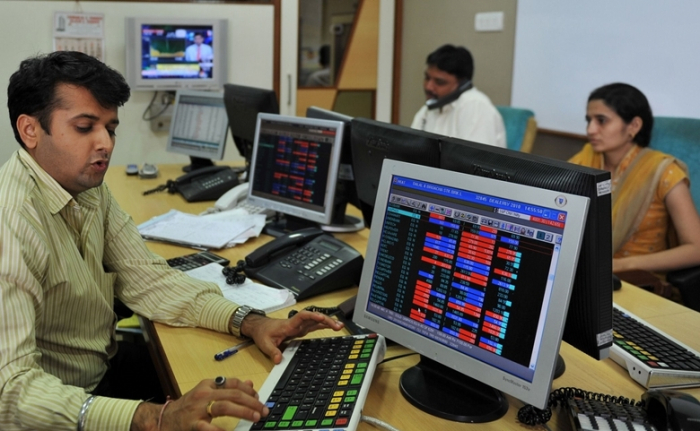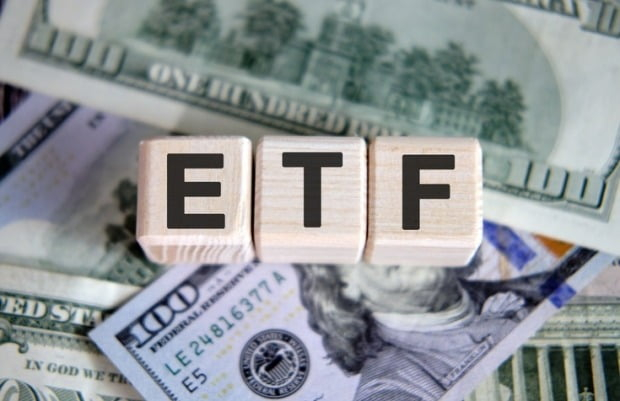Korean stock market
Money moves from US, China to India for higher returns
With a PER multiple of 19.5, close to that of other markets, India’s Nifty 50 Index has also eased overvaluation concerns
By May 09, 2023 (Gmt+09:00)
2
Min read
Most Read
LG Chem to sell water filter business to Glenwood PE for $692 million


Kyobo Life poised to buy Japan’s SBI Group-owned savings bank


KT&G eyes overseas M&A after rejecting activist fund's offer


StockX in merger talks with Naver’s online reseller Kream


Mirae Asset to be named Korea Post’s core real estate fund operator



For investors looking for higher returns in emerging markets, India is undoubtedly a market darling.
The Asian country, widely expected to become the world’s most populous nation by July, barely disappoints Korea's retail investors.
According to market tracker FnGuide, 27 Indian equity funds, created by South Korean asset managers, saw a net money inflow of 247.4 billion won ($187 million) over the past month.
By contrast, Korea’s overall overseas equity funds posted a net fund outflow of 133.4 billion in the same period. Of the total, US funds suffered a net outflow of 339.8 billion won, apparently hurt by the collapse of Silicon Valley Bank.
China has been a prime investment destination among emerging markets but analysts say Korean investors now favor India over China as the top Asian economy is showing signs of a slowdown.
China’s economy, the world’s second-largest, got off to a solid start this year as consumers went on a spending spree with the ending of years of strict COVID-19 restrictions.

The country’s economy grew 4.5% in the first quarter from a year earlier, beating market expectations. Nevertheless, the relatively decent expansion is not strong enough to satisfy foreign investors, who have seen higher growth rates before.
India's economy, propelled by its fast-growing population, is forecast to grow 5.9% this year, higher than China’s 5.2%, according to the International Monetary Fund.
India has shown stronger investment returns as well.
Over the past year, Indian funds delivered a return rate of 37.38%, the highest among overseas funds sold by Korean asset management companies.
US funds posted a return of 3.48% over the same period while China funds suffered a loss of 6.15%.

ETFs MUSHROOM
As India has steadily delivered handsome gains, fund managers are launching more India-related exchange-traded funds (ETFs), which offer a basket of securities for investors reluctant to hand-pick their own shares.
Until 2016, Kiwoom Asset Management’s KOSEF India Nifty 50, which invests in the top 50 Indian blue-chip companies, was the only ETF available to Korea’s retail investors. Other India-focused ETFs have since mushroomed.
More recently, Mirae Asset Global Investment Co. and Samsung Asset Management Co. debuted the TIGER India Nifty 50 ETF and the KODEX India Nifty 50 ETF, respectively. The two ETFs, launched last month, track the Nifty 50 Index, comprising 50 leading stocks listed on India’s National Stock Exchange (NSE), as their benchmark.

Samsung Asset Management has also launched a leveraged financial product that fills in its portfolio twice the volume of the Nifty 50 Index.
“The Indian economy will continue to show a strong growth rate, led by the service and manufacturing industries,” said Jung Woo-chang, a Mirae Asset analyst.
The Nifty 50 Index’s price-to-earnings ratio (PER) has also come down to 19.5, close to the multiple of the US and emerging markets, alleviating investor concerns over India’s higher valuations, he said.
Write to Man-Su Choe at bebop@hankyung.com
In-Soo Nam edited this article.
More to Read
-
 Korean stock marketChina, India: Korean investors’ next stock investment targets
Korean stock marketChina, India: Korean investors’ next stock investment targetsApr 19, 2023 (Gmt+09:00)
3 Min read -
 Korean stock marketVIP Asset’s new mutual fund to forgo operating fees if it posts losses
Korean stock marketVIP Asset’s new mutual fund to forgo operating fees if it posts lossesMar 31, 2023 (Gmt+09:00)
2 Min read -
 Korean stock marketTIGER KEDI30 ETF tops Korean retail investors’ themed stock buy list
Korean stock marketTIGER KEDI30 ETF tops Korean retail investors’ themed stock buy listDec 27, 2022 (Gmt+09:00)
2 Min read -
 Korean stock marketETFs entice Korean investors amid volatile market
Korean stock marketETFs entice Korean investors amid volatile marketMar 21, 2022 (Gmt+09:00)
3 Min read
Comment 0
LOG IN


